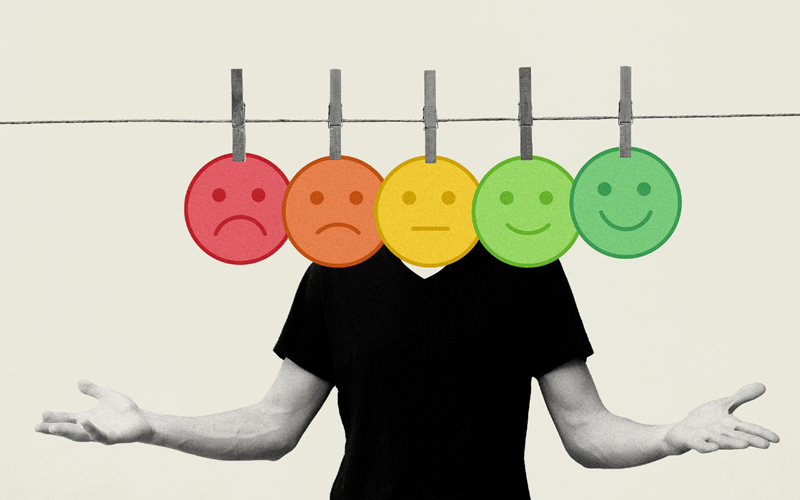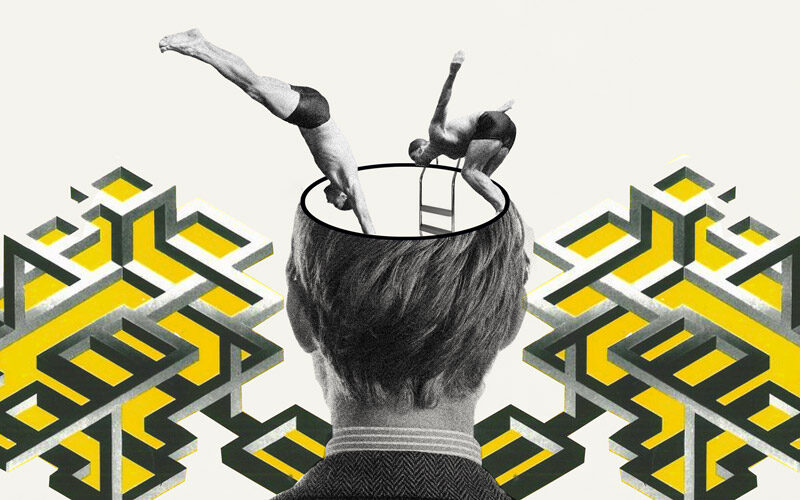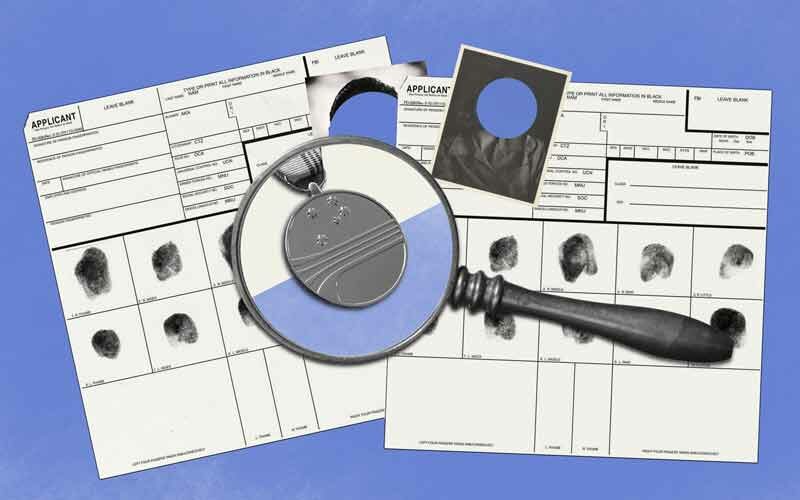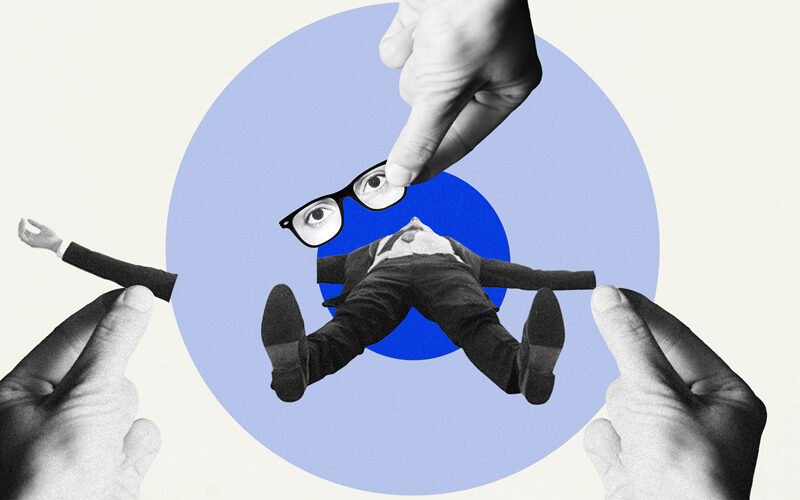A customer who’s bought from you once before is the warmest lead you can imagine.
Unless they had a terrible experience.
In fact, it doesn’t have to be terrible. It could just be forgettable.
Unique customer experiences are one of the 10 types of innovation. In a landscape of ad fatigue, dreary ecommerce, and the experience-over-material values of Millennials and Gen Z, customer experience (CX) has become a common means of differentiation.
This is most true at the small business and startup end of the market.
People will buy from Starbucks and McDonalds after repeated bad experiences just because they know the brand (although even the incumbents are stepping things up to cater to new generations).
Less well known and with a lot to prove, startups can’t rely on their name to garner repeat business. Plus, industry-defining startups tend to have much bigger impacts on their customers’ daily lives. There’s a lot of value to be captured.
CX is looking at the customer journey – or “emotional journey” – as a whole and making every step easy, if not enjoyable.
It’s understanding where the friction points are, and being 10x better and 10x easier to use in order to shift people away from your competitor.
But what’s more important – hiring a good customer service team? Or exceeding expectations with a great product?
Answer: you need to do both.
CX vs. UX
CX is your customer’s relationship with you, the company. UX is their relationship with your product offering.
CX insights generally live with sales and marketing. UX insights generally live with your tech or engineering team.
Metrics you’d use to calculate user experience might be abandonment rate, click through rate, or conversion rate. Measuring CX is much more qualitative. You might look at overall experience, retention, or likelihood to recommend.
Customer experience and brand are closely linked. CX lives in emotion, community, tone of voice, shared values, resolution of issues – basically all interactions that aren’t part of the shopping or check out process.
User experience is that check out process, and their experiences with the product once they’re through it. It’s all the other technical aspects of using your product, software, or website.
But the two are not diametrically opposed. And one is no more important than the other.
UX lives within CX. All the great customer service in the world can’t save you from a disappointing product experience. But present a faultless product experience, and you’ll still lose customers if you leave them on hold too long.
There are of course exceptions.
Comcast is notorious in America for its horrible customer experience. It’s been Consumerist’s Worst Company In America twice. But it’s still the 57th most profitable public company in the world. People stay with it because they have little choice.
Apple has been pissing people off for years by forcing them to buy a new type of charger every three years. But the product is just so evangelically adored, it gets away with it.
If you want to neglect CX, first you must become a monopoly (and operate in countries with poor regulation).
The CX/UX mix
For the mortals among us, UX and CX must be married. Do this by:
Keeping your sales and marketing team close to your designers, devs, and/or engineers. Both must understand the entire customer journey, and how to collaborate to deliver end-to-end satisfaction. The goal is a beautiful mesh of easy navigation and the customer-oriented add-ons that make you competitive.
Consider adding a Customer Success Manager to your team when budget allows. As you scale, you’ll have less time as a founder to interact with customers directly. As well as customer service reps who deal with the day-to-day, you need someone tracking resolution success, speed, and churn.
You might implement CXM software as an alternative. There will be multiple brand touchpoints and multiple micro journeys your users take that you’ll need to understand. A CXM tool enables data collection at each touchpoint.
Understand the principles of Emotional Design. There are whole books you can read on the subject, but a couple of core principles are:
- Donald Norman writes in Emotional Design: “Attractive products trigger our creativity and ultimately expand our mental processes, making us more tolerant of minor difficulties.”
- Aaron Walter writes in Designing For Emotion that brands should create: “an experience for users that makes them feel like there’s a person, not a machine, at the other end of the connection”.
Your product won’t be the right fit for everyone. But your customer service can be. In other words, it’s forgivable to lose a customer for not liking the product.
It’s less forgivable to lose one because you didn’t treat them well.











